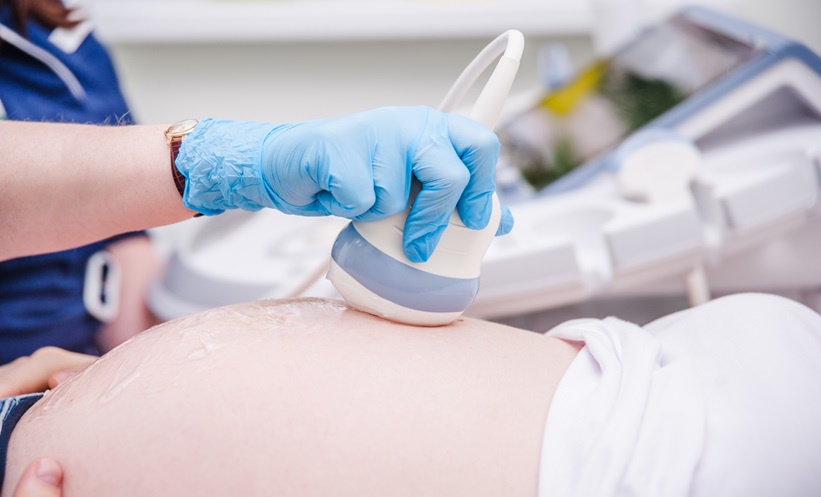Gestational diabetes (GD) is a significant global concern, especially in low- and middle-income countries (LMICs), which face a high prevalence of this condition, however, the challenges associated with the condition are compounded by limited access to timely diagnosis and care.
The 75-gram oral glucose tolerance test (OGTT), commonly used for screening, presents practical difficulties, as women must travel to clinics and remain there for hours to complete the test. This has contributed to low screening rates in many LMICs, such as Nigeria and Tanzania, where only 20–27% of healthcare providers recommend OGTTs. In high-income countries, OGTT completion rates are also suboptimal, with up to 70% of women missing their tests. Missing a GD diagnosis can increase the risk of stillbirth by up to 44% which has given rise to the need of a more accessible alternative screening approach.
This study examined early-pregnancy HbA1c testing as an alternative, validating it across populations in two LMICs and one high-income country. Early-pregnancy HbA1c, combined with other risk factors like age, BMI, and family history of diabetes, identified approximately 50% of women at risk for GD later in pregnancy. The researchers proposed a two-threshold model, categorising women into high, medium, and low GD risk groups.
This model suggests that only those in the medium-risk group need OGTT at 24–28 weeks and, using this approach, it was estimated that OGTTs could be reduced by 50–64%, conserving resources and making testing more accessible, especially for remote and low-resource areas. Notably, high-risk women identified by HbA1c tended to have additional risk factors, such as older age and higher BMI, indicating they may benefit from early intervention.
The findings are supported by cross-validation and have the potential to reduce OGTT reliance, however, the model does produce a higher rate of false positives compared to traditional OGTT-based diagnosis, which may lead to increased costs and interventions. Nevertheless, the HbA1c approach offers a promising step toward more equitable and accessible GD screening.
Katie Wright, EMJ
Reference
Saravanan P et al. Early pregnancy HbA1c as the first screening test for gestational diabetes: results from three prospective cohorts. Lancet Diabetes Endocrinol. 2024;12(8):535-44.







